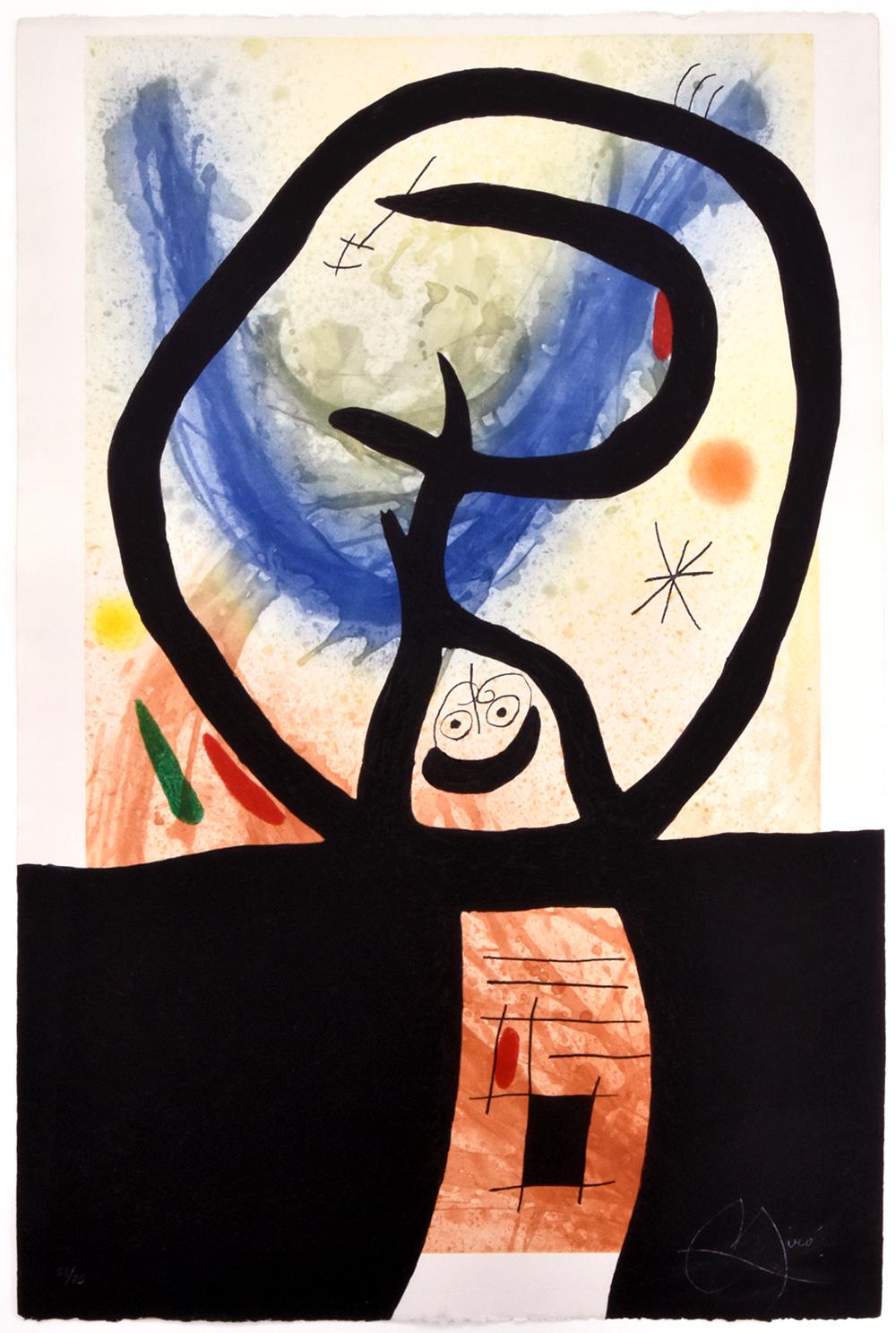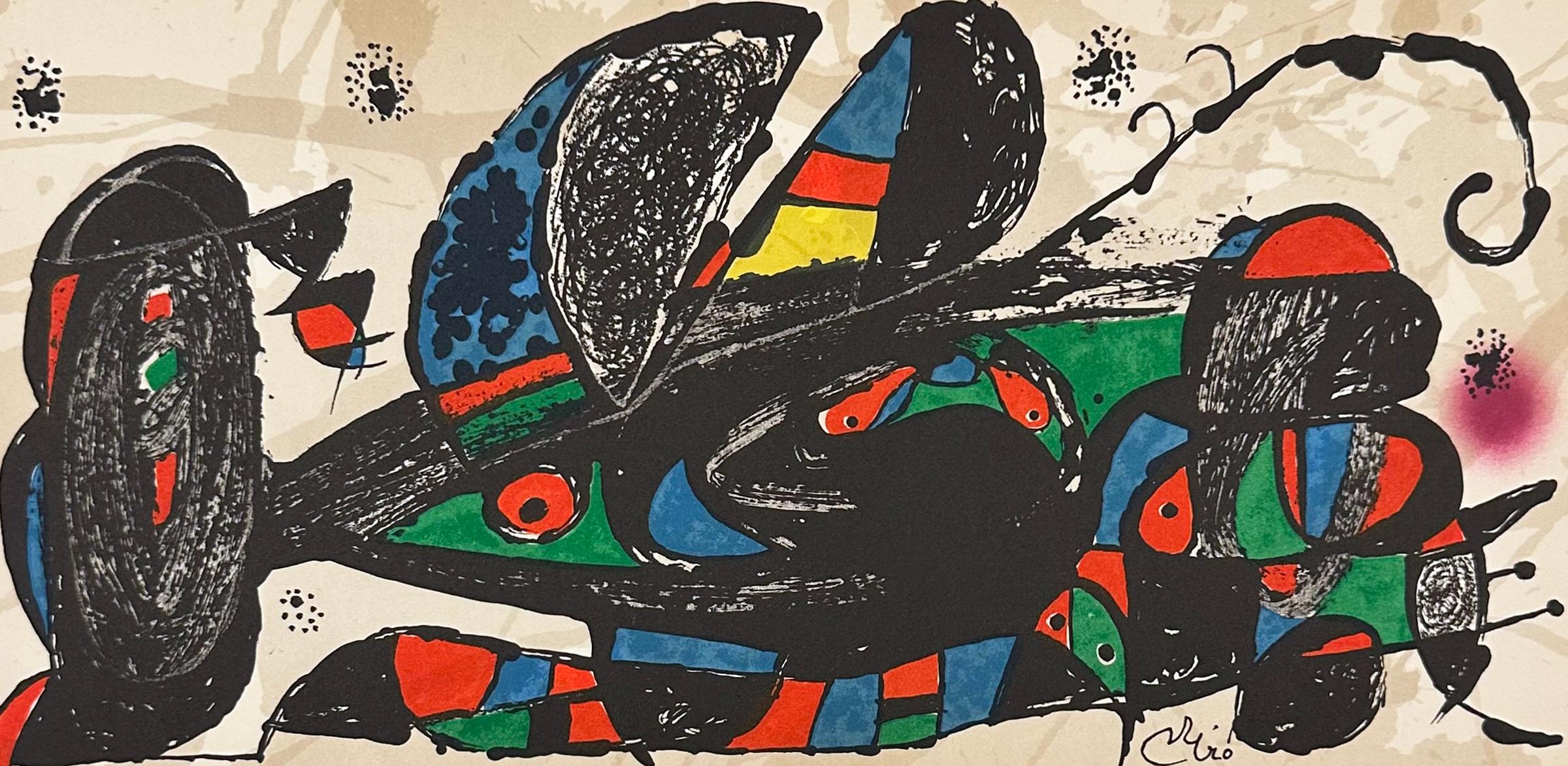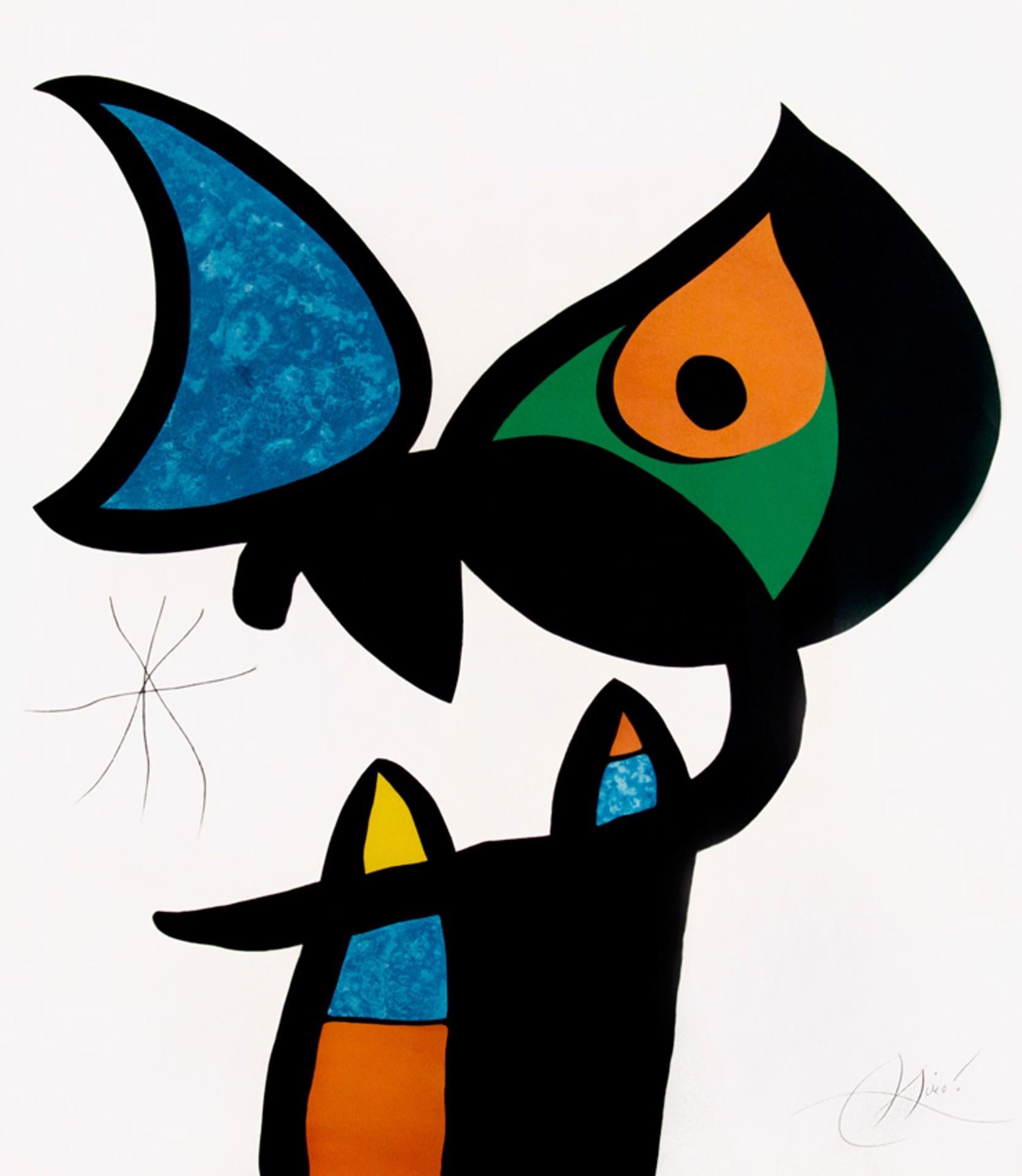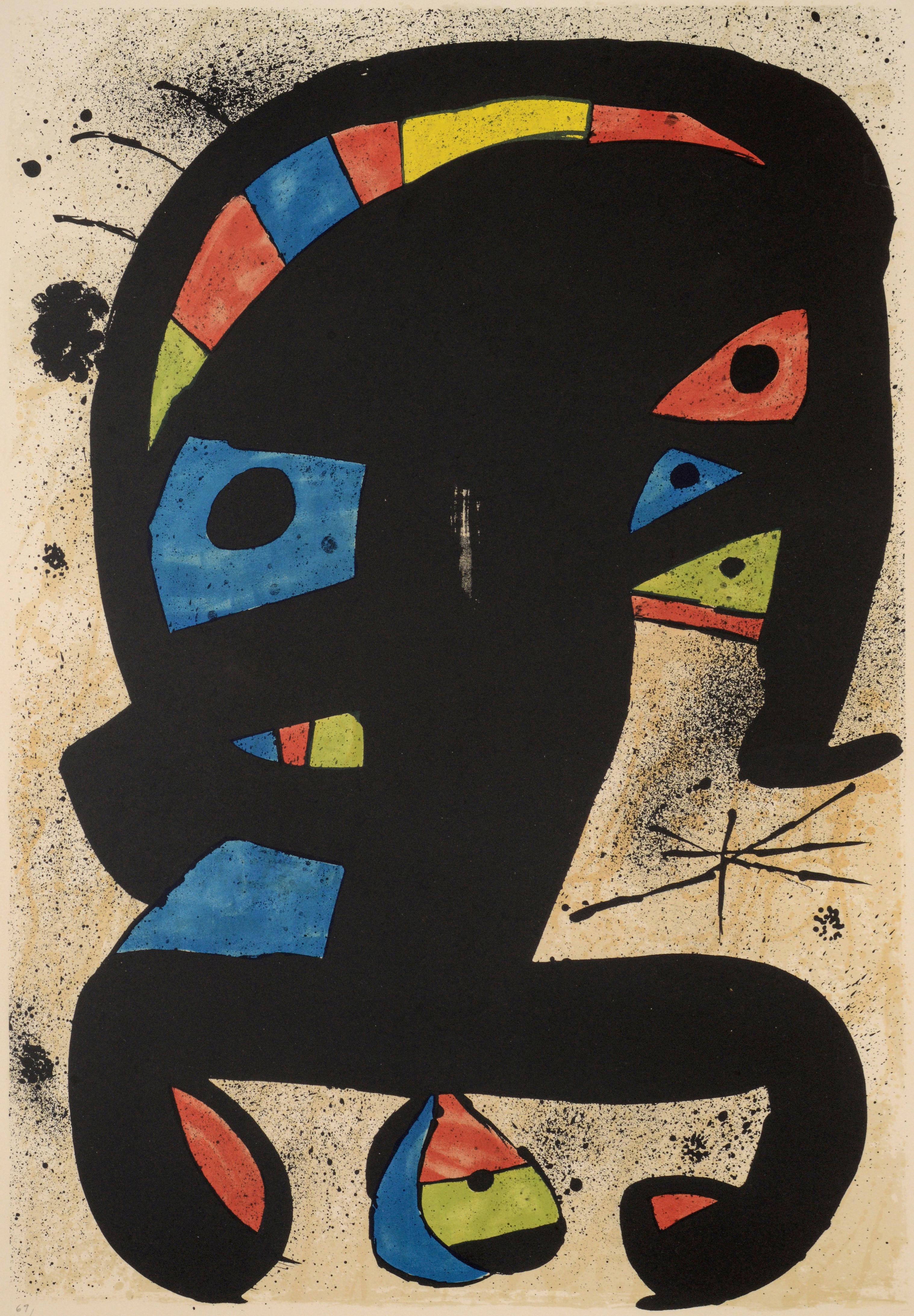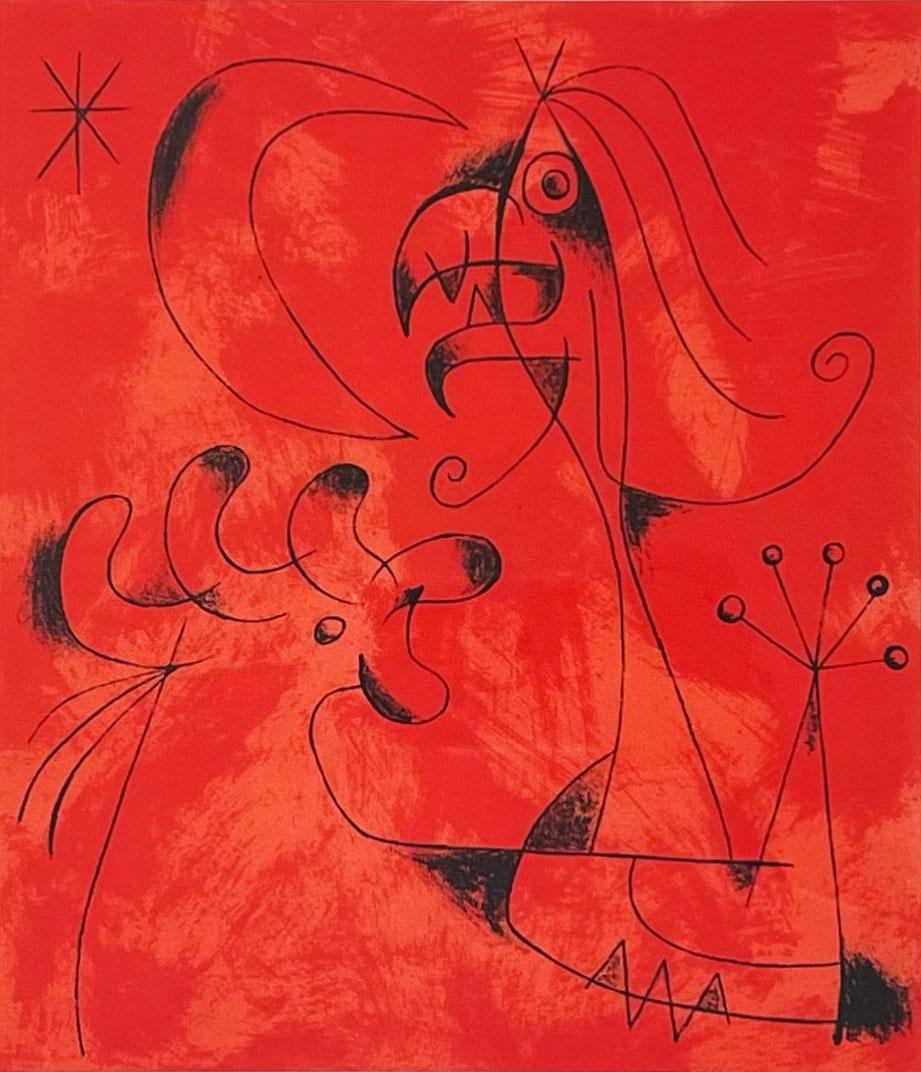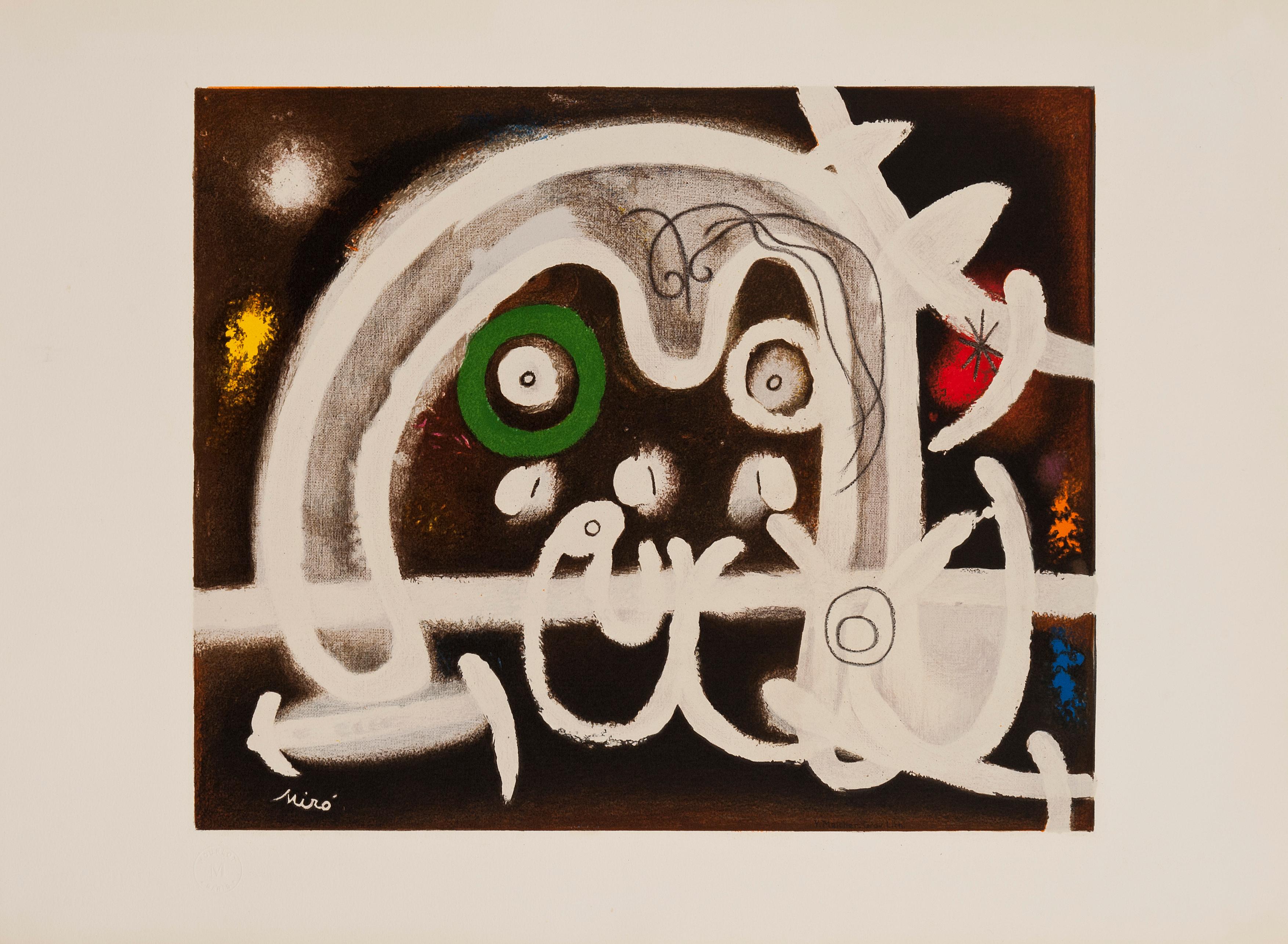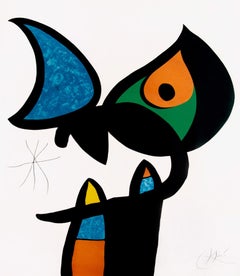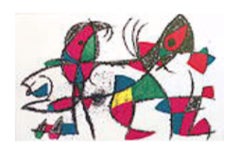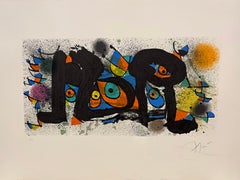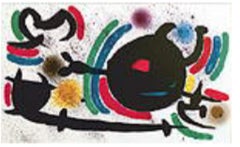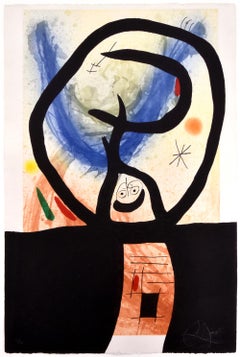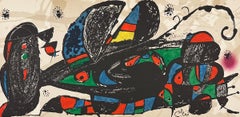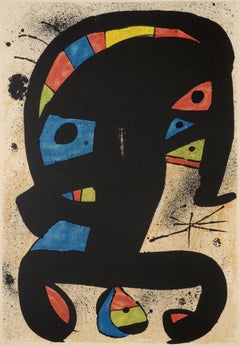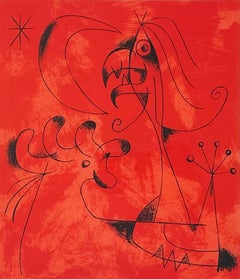Want more images or videos?
Request additional images or videos from the seller
1 of 2
Joan Miro (1893 - 1983)La Fronde1969
1969
Price Upon Request
Price Upon Request
Price Upon Request
Price Upon Request
Price Upon Request
Price Upon Request
Price Upon Request
Price Upon Request
Price Upon Request
Price Upon Request
About the Item
Signed and numbered to lower edge ‘48/75 Miró’. This work is number 48 from the edition of 75 published by Maeght Éditeur, Paris.
Literature: Dupin 501
- Creator:Joan Miro (1893 - 1983)
- Creation Year:1969
- Dimensions:Height: 42 in (106.68 cm)Width: 27.5 in (69.85 cm)
- Medium:
- Movement & Style:
- Period:
- Condition:
- Gallery Location:Fort Lauderdale, FL
- Reference Number:Seller: 319031stDibs: LU574310010642

About the Seller
5.0
Vetted Professional Seller
Every seller passes strict standards for authenticity and reliability
Established in 1998
1stDibs seller since 2017
31 sales on 1stDibs
Typical response time: 13 hours
- ShippingRetrieving quote...Shipping from: Fort Lauderdale, FL
- Return Policy
Authenticity Guarantee
In the unlikely event there’s an issue with an item’s authenticity, contact us within 1 year for a full refund. DetailsMoney-Back Guarantee
If your item is not as described, is damaged in transit, or does not arrive, contact us within 7 days for a full refund. Details24-Hour Cancellation
You have a 24-hour grace period in which to reconsider your purchase, with no questions asked.Vetted Professional Sellers
Our world-class sellers must adhere to strict standards for service and quality, maintaining the integrity of our listings.Price-Match Guarantee
If you find that a seller listed the same item for a lower price elsewhere, we’ll match it.Trusted Global Delivery
Our best-in-class carrier network provides specialized shipping options worldwide, including custom delivery.More From This Seller
View AllPlate VI from Espriu
Located in Fort Lauderdale, FL
Plate VI from the portfolio of nine works to illustrate Poems by Salvador Espriu. Published by Sala Gaspar, Barcelona in 1975 and printed by J.J. Torralba, Rubi (Barcelona). Signed...
Category
21st Century and Contemporary Modern More Art
Materials
Engraving, Etching, Aquatint
Price Upon Request
Miro Lithographs Volume II Plate X
Located in Fort Lauderdale, FL
Original lithograph in colors from the unsigned edition included in Miro Lithographs Volume I. Published by Mourlot, Paris. Reference Mourlot 857.
Category
21st Century and Contemporary Modern More Art
Materials
Lithograph
Price Upon Request
Sculptures
By Joan Miró
Located in Fort Lauderdale, FL
Lithograph in colors on Arches paper
21.25 x 29.50 in
(53.98 x 74.93 cm)
Category
Mid-20th Century Contemporary Abstract Prints
Materials
Archival Paper, Lithograph
Price Upon Request
Miro Lithographs Volume I Plate X
Located in Fort Lauderdale, FL
Original lithograph in colors from the unsigned edition included in Miro Lithographs Volume I. Published by Mourlot, Paris. Reference Mourlot 857.
Category
21st Century and Contemporary Modern More Art
Materials
Lithograph
Price Upon Request
Monde Familier (Everyday World)
By Marc Chagall
Located in Fort Lauderdale, FL
Marc Chagall (1887 - 1985)
Monde Familier (Everyday World), 1983, (edition 49/50)
lithograph in colors on Arches paper
Sheet size: 13.70 x 10.60 in (34.80 x 26.92 cm)
Everyday World...
Category
1980s Contemporary Figurative Prints
Materials
Archival Paper, Lithograph
Price Upon Request
Coquelicots
By Henri Matisse
Located in Fort Lauderdale, FL
Lithograph after a gouache decoupee from Verve 35/36
Category
1950s Modern Prints and Multiples
Materials
Lithograph
You May Also Like
La Fronde (The Slingshot)
By Joan Miró
Located in Palo Alto, CA
Miro showcases his skilled handling of carborundum in this marvelous work. This particular piece features more of the rich and beautiful texture than any of his other prints, evident...
Category
1960s Abstract Abstract Prints
Materials
Etching, Aquatint
Price Upon Request
Joan Miro
By Joan Miró
Located in Washington, DC
Artist: Joan Miro
Title: Joan Miro
Medium: Lithograph in colors
Date: 1974
Edition: Unnumbered
Frame Size: 15 1/8" x 22 3/4"
Sheet Size: 7 7/8" x 15 1/2"
Signature: Signed in the pla...
Category
1970s Abstract Abstract Prints
Materials
Lithograph
Joan Miro EL REI GARRELL Lithograph
By Joan Miró
Located in Lake Worth Beach, FL
Artist/Designer; Manufacturer: Joan Miro (Spanish, 1893-1983)
Marking(s); notes: signed; ed. 69/75; 1979
Materials: lithograph on Arches
Dimensions (H, W, D): 33"h, 23.25"w; 43.25"h,...
Category
1970s Modern Abstract Prints
Materials
Lithograph
Joan Miro (Plate 6)
By Joan Miró
Located in Washington, DC
Artist: Joan Miro
Title: Joan Miro (Plate 6)
Medium: Original lithograph
Portfolio: Joan Miro
Year: 1956
Edition: Unnumbered
Framed Size: 15 1/2" x 14 1/4"
Sheet Size: 9" x 7 3/4"
Si...
Category
1950s Abstract Animal Prints
Materials
Lithograph
Personnage et Oiseau by Joan Miro, 1984
By Joan Miró
Located in New York, NY
This colorful lithographic was printed at the Atelier Mourlot in 1984 after Miro's 'Personnage et Oiseua', 1969, depicting the abstract form of a head with birds. This print has been blind embossed with the Galerie Mourlot...
Category
1960s Abstract Abstract Prints
Materials
Lithograph
1967 Joan Miro 'Untitled'
By Joan Miró
Located in Brooklyn, NY
Paper Size: 15 x 11 inches ( 38.1 x 27.94 cm )
Image Size: 15 x 11 inches ( 38.1 x 27.94 cm )
Framed: No
Condition: A-: Near Mint, very light signs of handling
Additional Detai...
Category
1960s Modern Prints and Multiples
Materials
Lithograph
$240 Sale Price
40% Off
